
When Swedish Prime Minister Stefan Löfven presented his new government on Monday, the appointment of former party secretary of the Green Party, Amanda Lind as the new minister of culture and democracy, was met with immediate reactions in the press. Lind’s dreadlocks drew much of the attention, with commentators dismissing or embracing her based on her alternative look. She was also met with scepticism because of her apparent lack of experience in cultural politics, and criticised for paying tribute to the former Green Party Minister Mehmet Kaplan, who resigned in 2016 after his links to extreme Turkish nationalists were revealed. Commentators were also disappointed that the Social Democrats once again left the post of cultural minister to the Green Party, implying that they view it as a position of lesser importance. Some expressed concern that Lind would lead an instrumental and divisive politics. However, Lind said to Sveriges Radio that culture and art should be free from political control: “That is the foundation of a democratic and vital society. As soon as one starts controlling and shaping culture, there are gigantic risks. Creativity should be able to flow freely.”

An artistic incubator in copenhagen
Last week a new, large art institution called Art Hub Copenhagen was launched in the Danish capital, initiated and heavily funded by Bikubenfonden, one of Denmark’s most prominent private funds investing in the fields of culture and social life. According to the press release, the new institution will serve as a kind of ‘artistic incubator’, exploring and developing ways for artists to “help renew our perspectives on the world and become a major driving force in a visionary development of future society.” As a starting point for various pilot projects, the institution has temporarily been given rent-free access to premises in Kødbyen by Copenhagen Municipality. In 2020, Art Hub Copenhagen will move into a larger, permanent venue in central Copenhagen and launch a complete program. The institution will consist of three sections: Centre for Emerging Professional Artists, Network for Production Facilities, and Centre for Art and Research. Currently seeking a director, the project has already employed Bikubenfonden’s Susanne Hviid as organisational advisor and coordinator, and Jacob Lillemose as artistic content and network developer. Read the story in Danish here.

A house to die in, but where?
The controversy around Norwegian artist Bjarne Melgaard’s plans for A House to Die In – based on his own sketches and planned in cooperation with the Selvaag group and Snøhetta architects – has been going on for years. The house was supposed to function as Melgaard’s private residence and studio in Oslo, but his plan to build it in proximity to Edvard Munch’s former home and the art colony Ekely caused protests, and was finally rejected by Oslo Municipality in August, 2018. According to the Norwegian public service broadcaster, NRK, Melgaard is now considering moving the project abroad. However, another possibility recently turned up when Tone Hansen, director of Henie Onstad Art Center in Bærum, just outside Oslo, stated that the art center would like to make room for A House to Die In in their sculpture park, fifty metres away from the art center. “I think this would strongly contribute to the experience of the park. We are talking about a very experimental form of architecture, a fantastic building resting on some funny sculptures,” Hansen told NRK. Melgaard and Snøhetta have not yet responded to the proposal.

Danish museums contribute to the national economy
The Confederation of Danish Industry (DI) recently presented an analysis proving that Danish museums contribute a total of 4,9 billion DKK (656 million EUR) annually to the national economy. According to the report, two-thirds of this comes from the museums’ own productions, like exhibitions and guided tours, while the last 1,6 billion DKK (214 million EUR) are indirect effects of purchases of goods and services from other enterprises. As part of an increasingly restricted cultural politics, Danish state museums are currently under high pressure, and have been subjected to annual two percent cuts in state funding since 2016. However, as was pointed out in a news article in the Danish daily Politiken, the report from DI shows that for every Danish krone of funding, the museums return it to society tenfold. “The museums are essential to society in their role as culture-bearing institutions, but they actually also play another role, in spite of what some may assume, in creating growth and contributing to the welfare of our society,” said Sune Jensen, head of the secretariat of tourism in DI, to Politiken.

Join us in Copenhagen for the launch of the new Kunstkritikk International
Kunstkritikk was first launched in 2003 as an online journal in Norwegian. In 2010, the journal became pan-Nordic with editorial teams in Oslo, Stockholm and Copenhagen. Now, it’s time to launch a fully-fledged international edition in English, offering expanded coverage of the Nordic and international art scenes. As part of this next step, Kunstkritikk’s website will also be redesigned by NODE Oslo. Next Thursday, January 31 Kunstkritikk will celebrate this renewal and expansion with a reception in the Apollo Bar at Kunsthal Charlottenborg in Copenhagen, featuring a new performance by Olof Olsson, and a sound performance by Jenny Gräf – with a set by DJ Kenneth Cockwhore, and glasses of bubbly as added treats. We hope that you’ll join us to toast our new enterprise. Everybody is welcome!
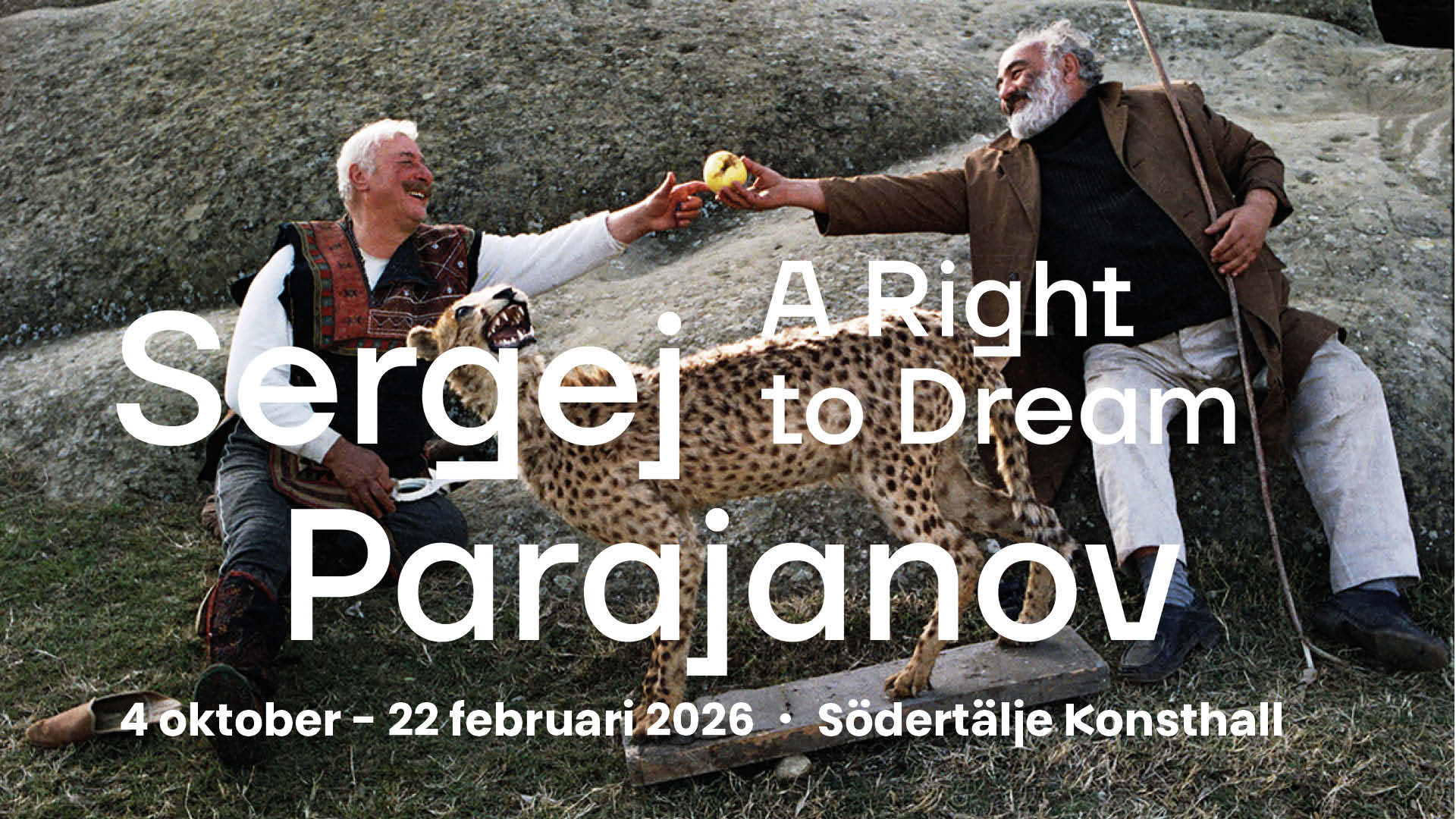
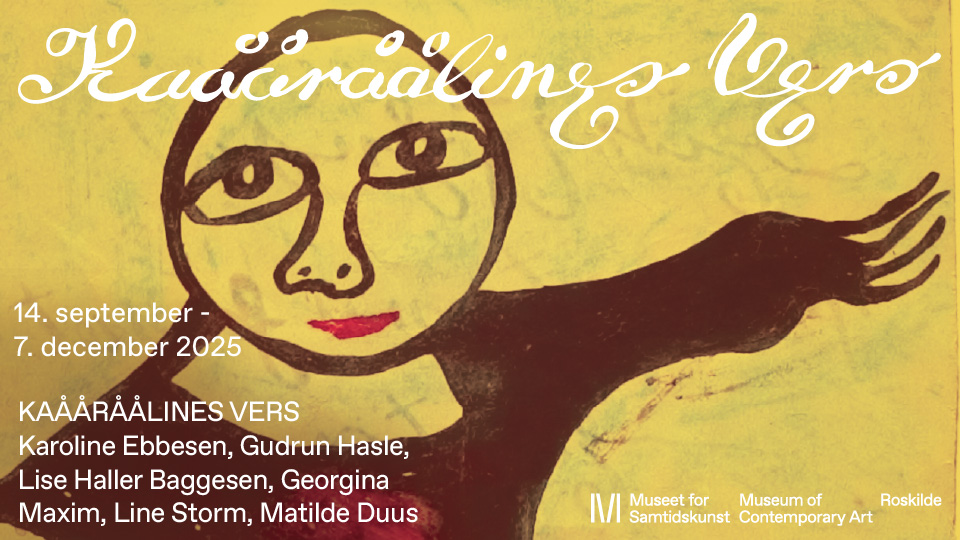
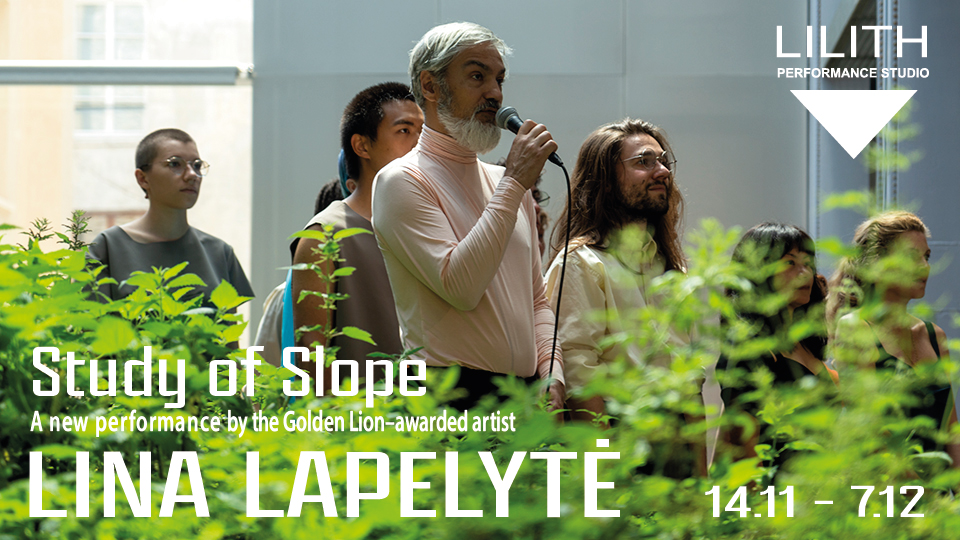
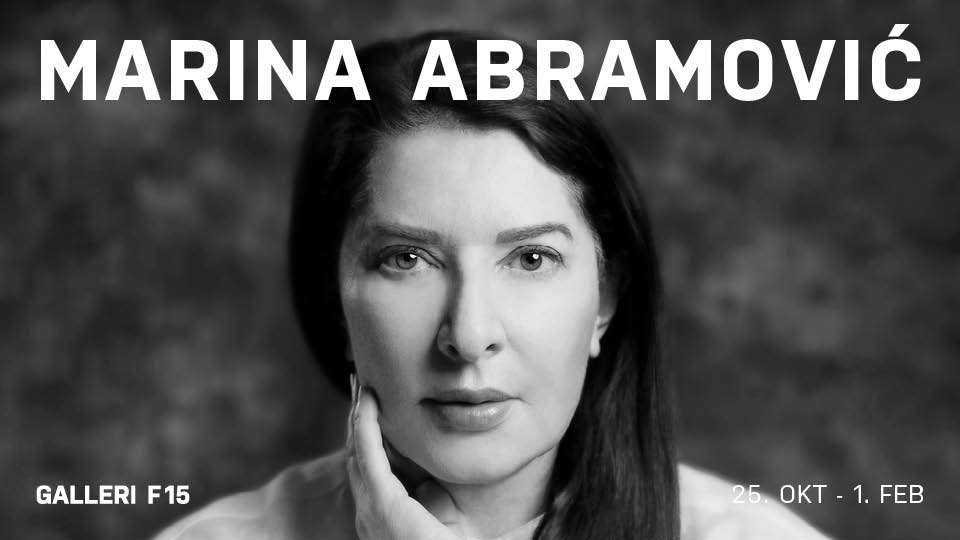
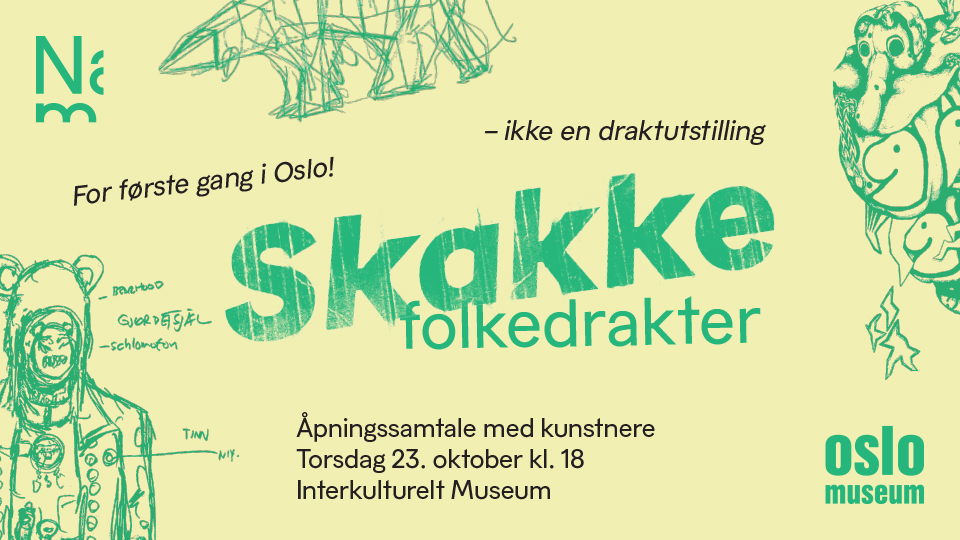
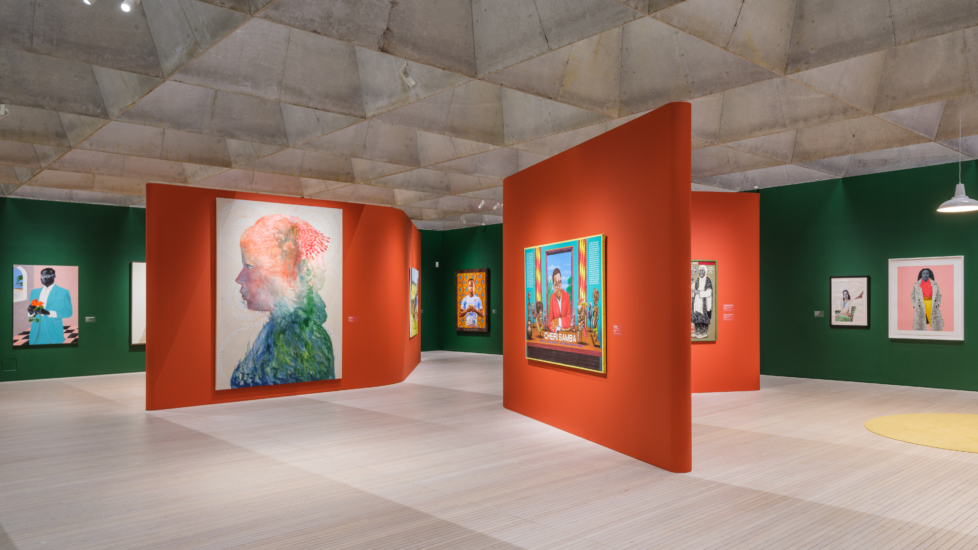
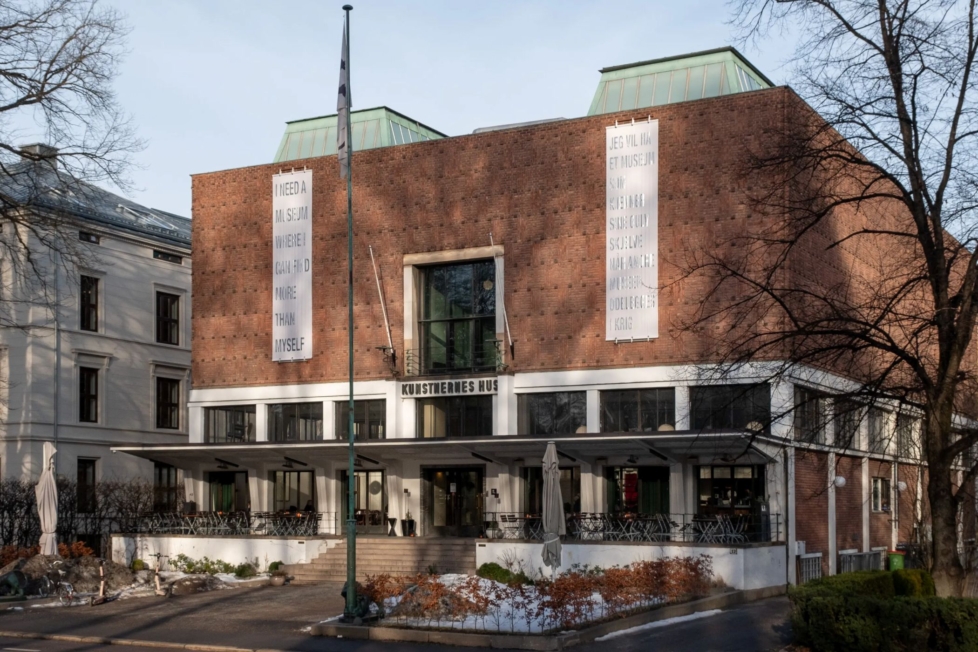
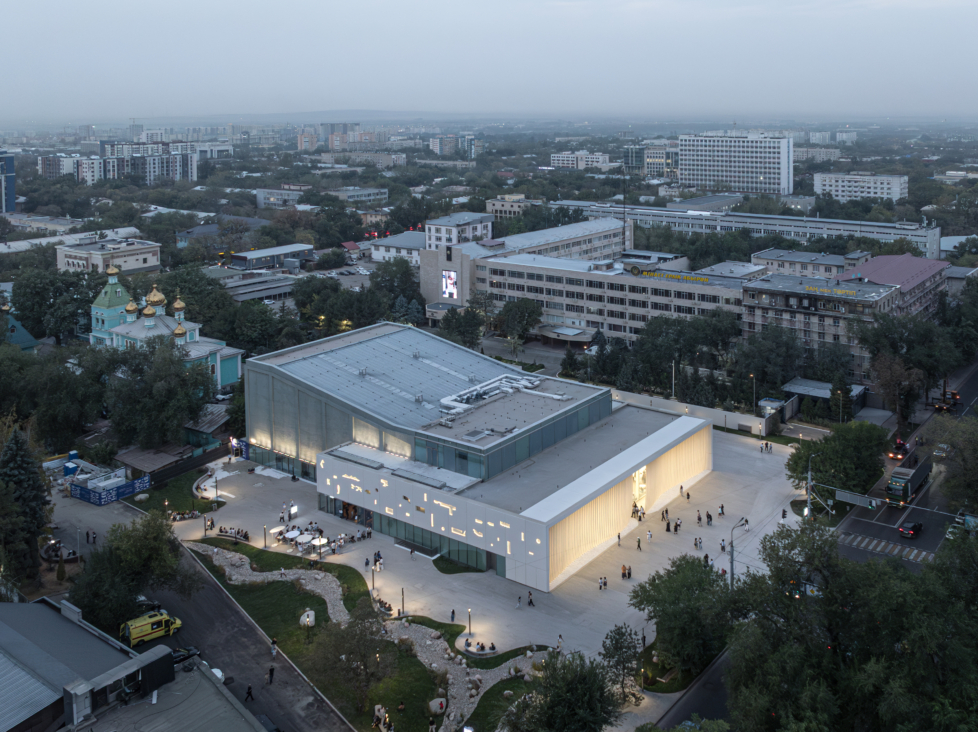
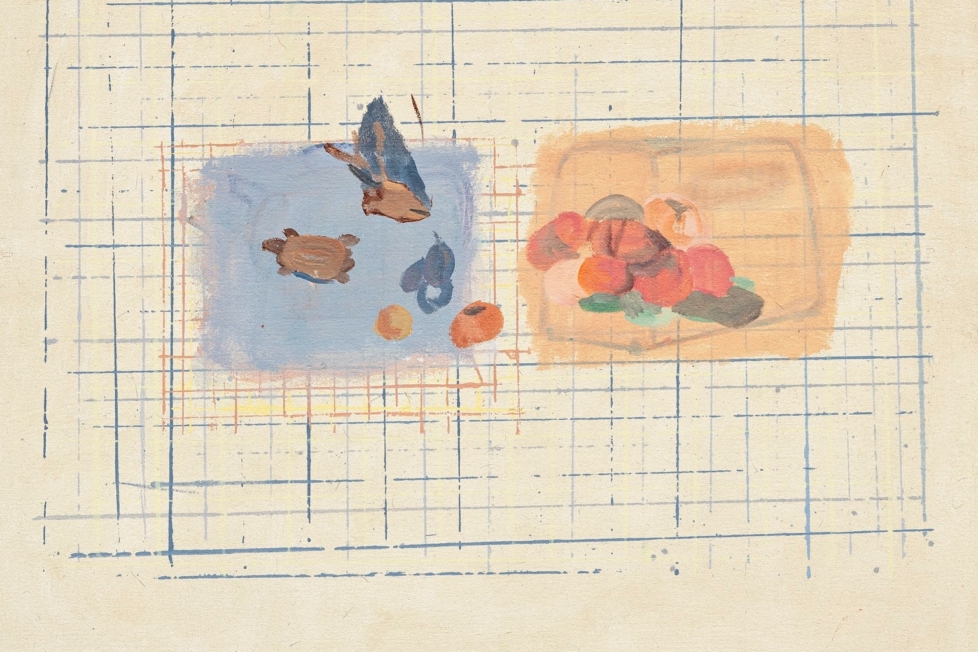
Hi,
Why argue for culture through arguments based on the same economic paradigm that also is the starting point for the very doubt of its use value? I know that the Danish news story here is a rewright but yet I believe that Kk is the platform to contest such logics with valid research and reflections, rather than neutralising them with publications as this one.
All best,
Frida Sandström
kunstkritikk (etter min bedömning) medioker. savner eksakte ord for kvalitet !
Vh